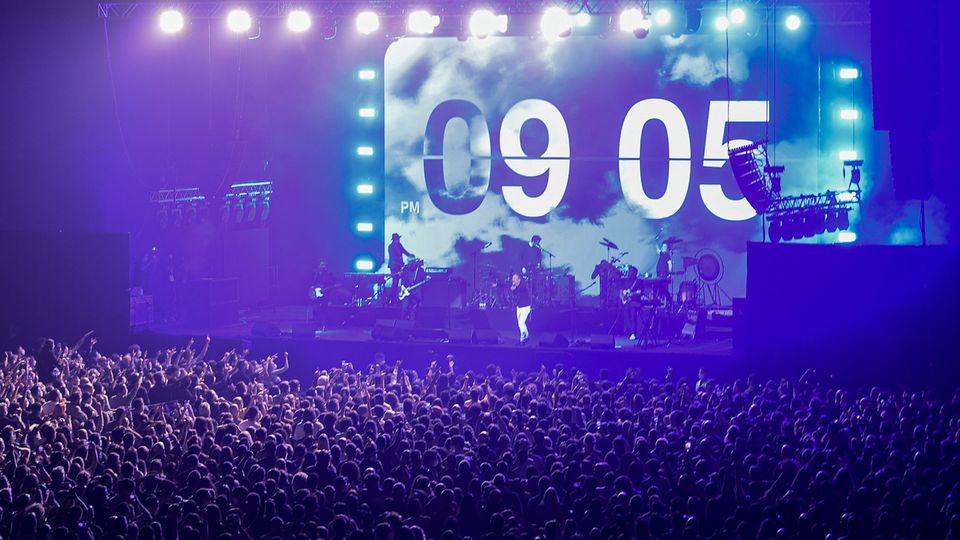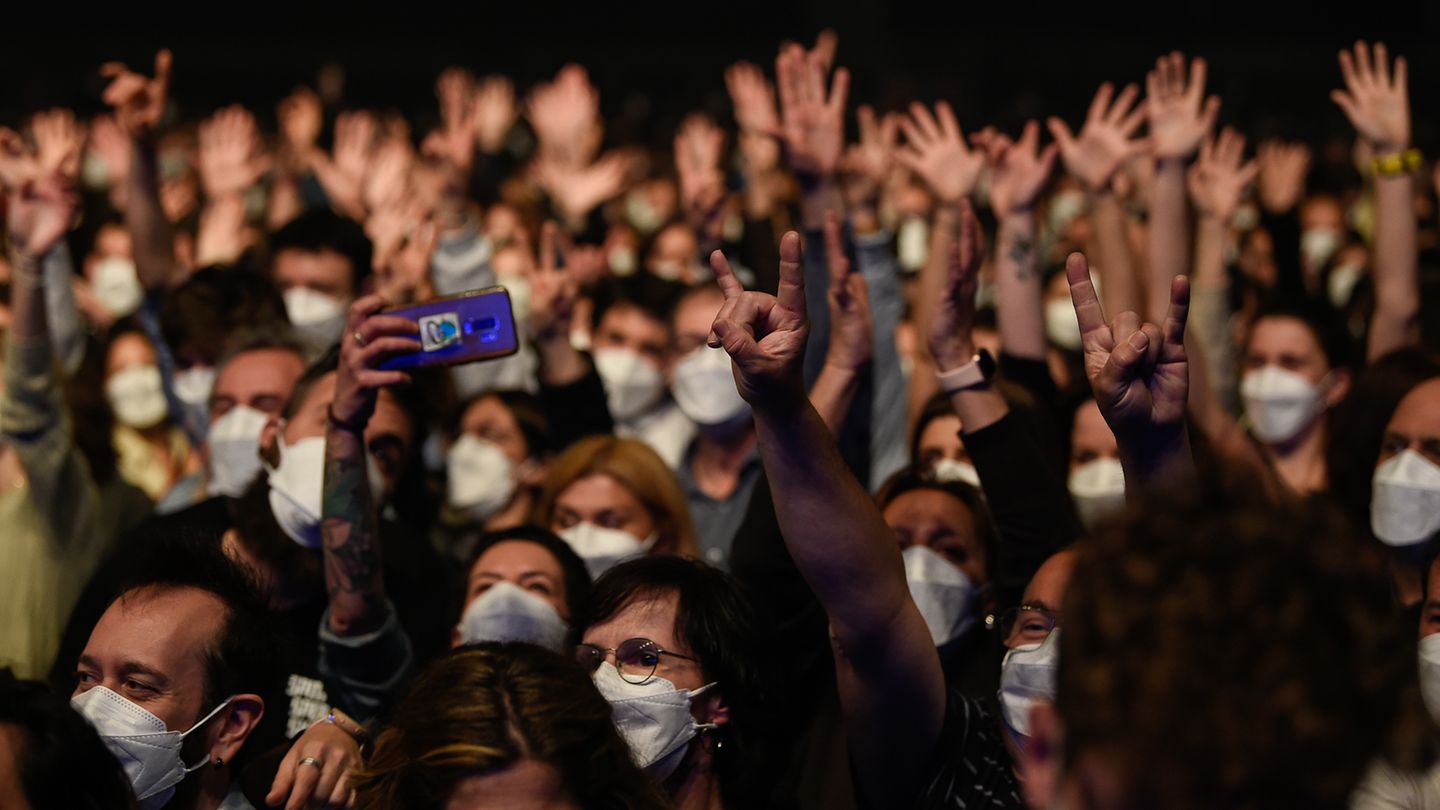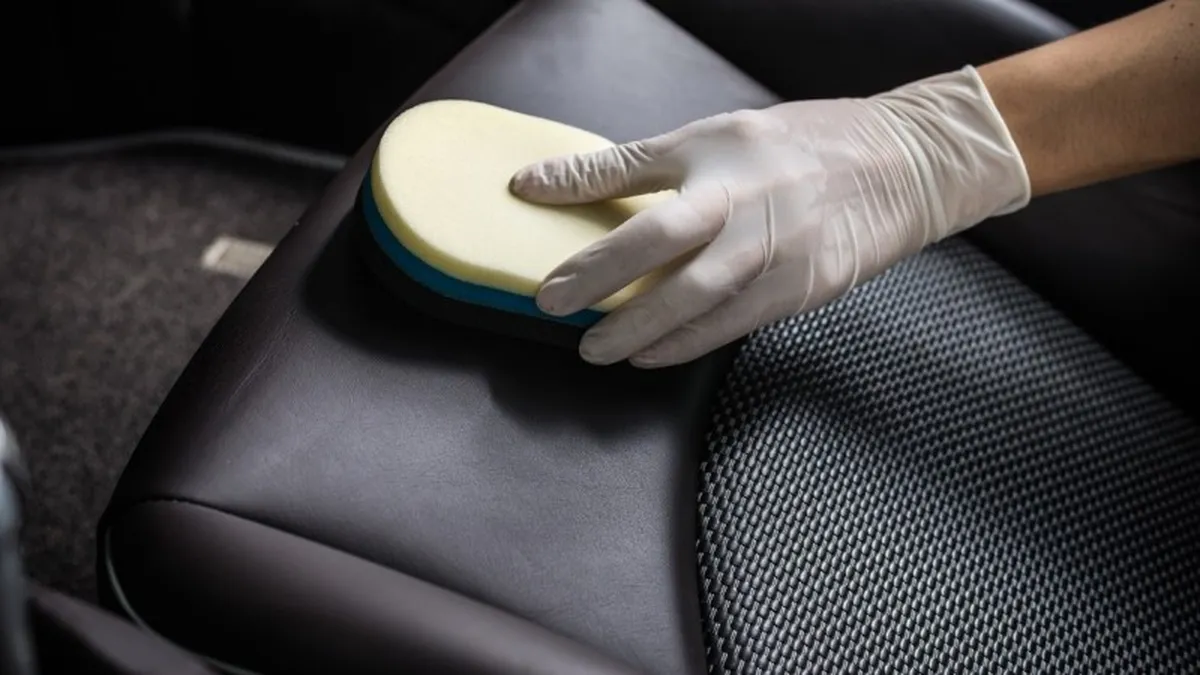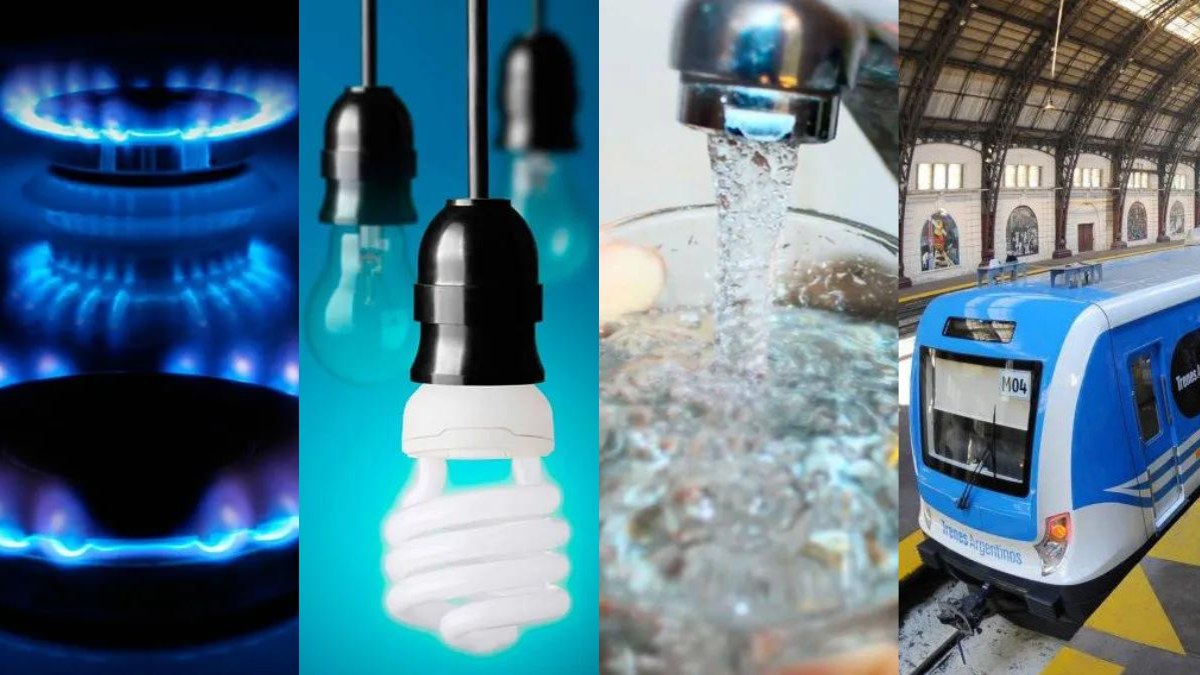Large events have become a danger in the corona pandemic, and the risk of being infected is considered high – especially in closed rooms. This need not be. A study from Spain shows that there is another way of doing things.
Thousands of visitors, one concert, indoor – currently an impossibility. After all, it’s pandemic. Nevertheless, one took place at the Palau Sant Jordi stadium in Barcelona. And not illegal, but under the banner of science. A test. They wanted to find out whether it was possible to hold mass events without turning them into a super-spreader event. The results not only give hope to the cultural sector, other areas can also learn from the experiment.
In a previous, small-scale experiment with 465 people at an indoor event, researchers had already tested the effects of so-called point-of-care screenings, i.e. rapid antigen tests for corona, for the evaluation of which no laboratory is required, the wearing of masks and the Have proper ventilation for the transmission of the virus. Building on this, the larger-scale study with almost 4600 participants followed at the end of March. The results of the big concert have now been published in the specialist journal.
No admission without a quick test
If you wanted to take part in the rock concert, you had to bring time. Because only those who were tested came in. At eight o’clock in the morning, a team of 74 nurses started the first rapid tests, at 3 o’clock they put down the chopsticks. During this time, they tested every single guest on site at the three screening stations at the stadium. The test was positive for six of them, for them the concert was out before it had started. Two contact persons also had to resign, although their test was negative.
4584 people ultimately took part in the concert. The participants were grouped into three separate areas, there were no other distance rules. It was allowed to sing and dance, the wearing of a mask was mandatory during the entire event. The regulations were masks that can filter at least 94 percent of the aerosols. In addition, the ventilation has been adjusted. The air was completely exchanged six times per hour. At the end of the study there was a 6. This is the total number of people who tested positive for Covid-19 in the following 14 days. None of those affected were vaccinated against the coronavirus at the time of infection.

Three of those affected could subsequently be linked to other cases of infection that had nothing to do with the concert. It is therefore “unlikely” that the infection took place at the concert. One infected person was oligosymptomatic, so developed few symptoms. She had tested negative for Sars-CoV-2 both before admission and 24 hours after the concert. However, four days after the concert, a PCR test confirmed the corona infection. The researchers concluded that she attended the concert during the incubation period. The incubation period is the duration from infection to illness. In the case of the coronavirus, this is an average of five to six days. The point in time at which a person who has become infected becomes contagious varies. But transmission is possible even before the onset of the disease. In two cases, the transmission source could not be determined.
A role model for the future?
When the test concert took place, the 14-day incidence rate in Barcelona was 259.5 cases per 100,000 population. At this point in time, 6.3 percent of the population, primarily the elderly and health care workers, were fully immunized. Comparisons of this incidence rate and that observed among the concert participants were ruled out due to the study approach. Another restriction is that due to the epidemiological information that was used, asymptomatic cases could be “overlooked”, “which can account for up to 40 percent of Covid-19 cases”. It should also be noted that the study was a few months ago. The delta variant is now spreading and is highly contagious and more dangerous than other variants. In Spain, this has recently led to an enormous increase in the number of cases, Barcelona is considered a hotspot.
Nevertheless, according to the researchers, the results indicate that the combination of rapid tests on the day of the event, wearing masks and ventilation could prevent high infection rates at live concerts in closed rooms without distance rules. The results are “an important step in creating safe environments not only at live music events, but also at other indoor mass events”.
SPD health expert Karl Lauterbach also sees it that way. The study shows that the combination of quick test and mask should also safely allow large club visits. “Mask plus rapid tests should identify all super spreaders or render them harmless,” he commented on Twitter. He also sees the package of protective measures as an option elsewhere: schools. If children are not vaccinated against Corona in autumn, that would, according to Lauterbach, be “a plan B”.
Those:




